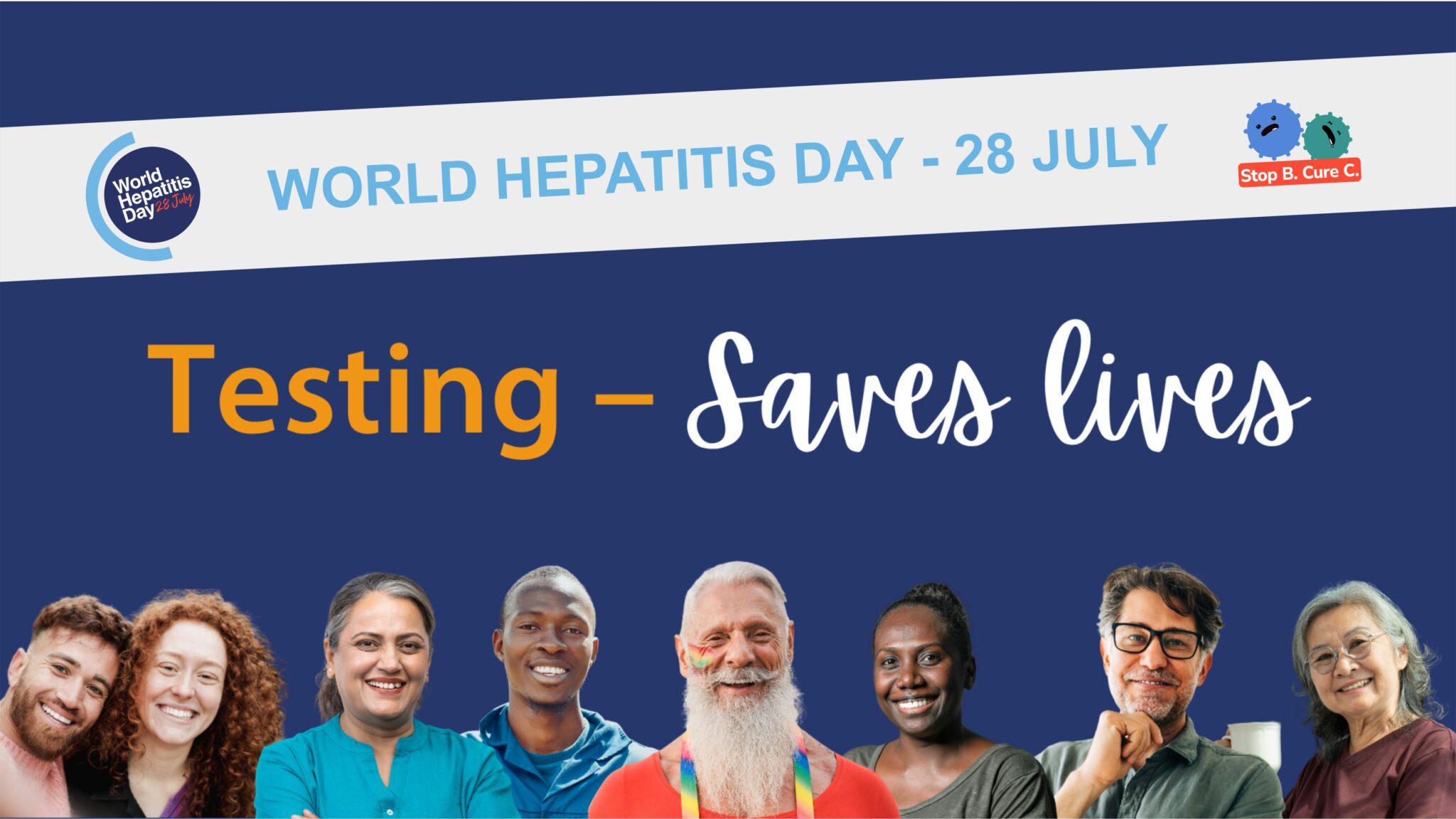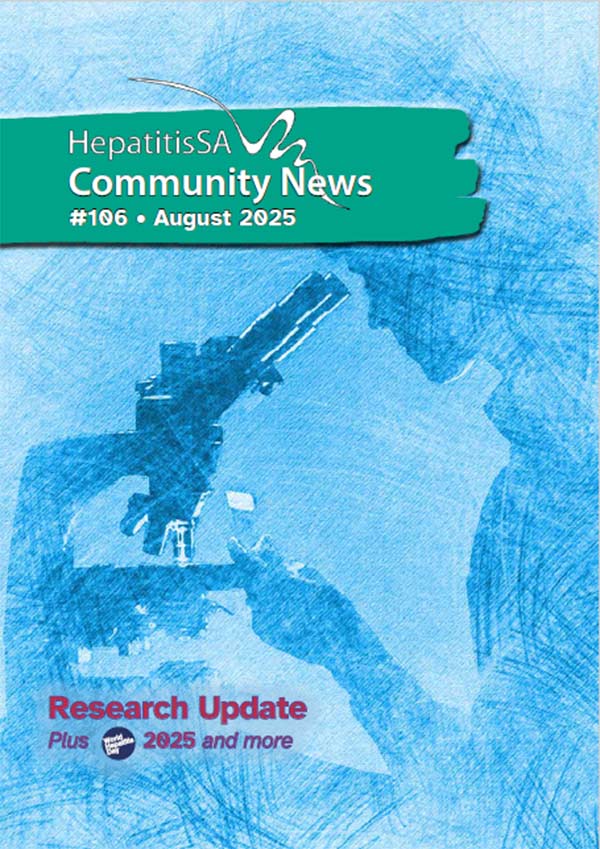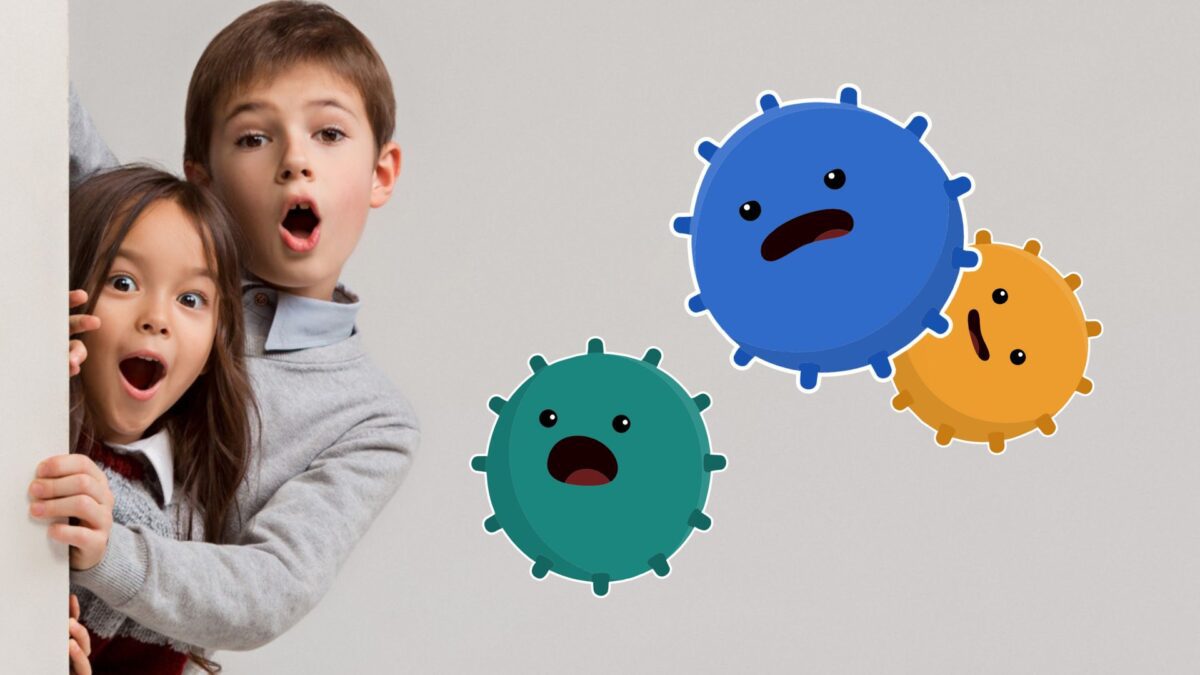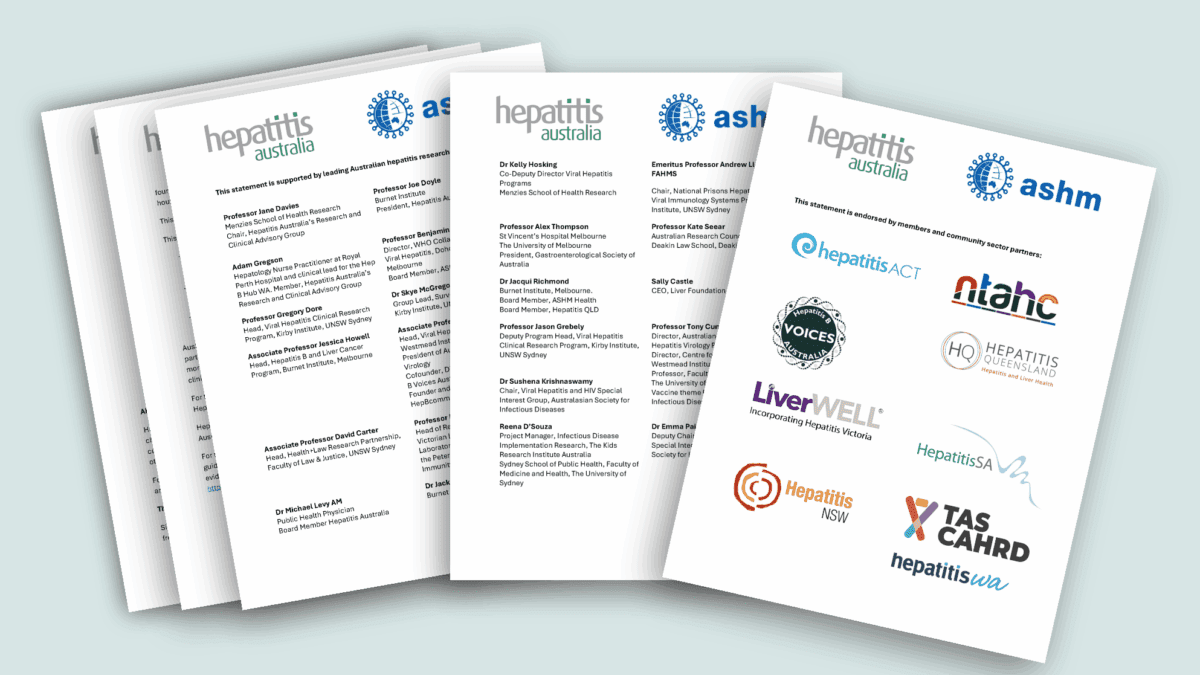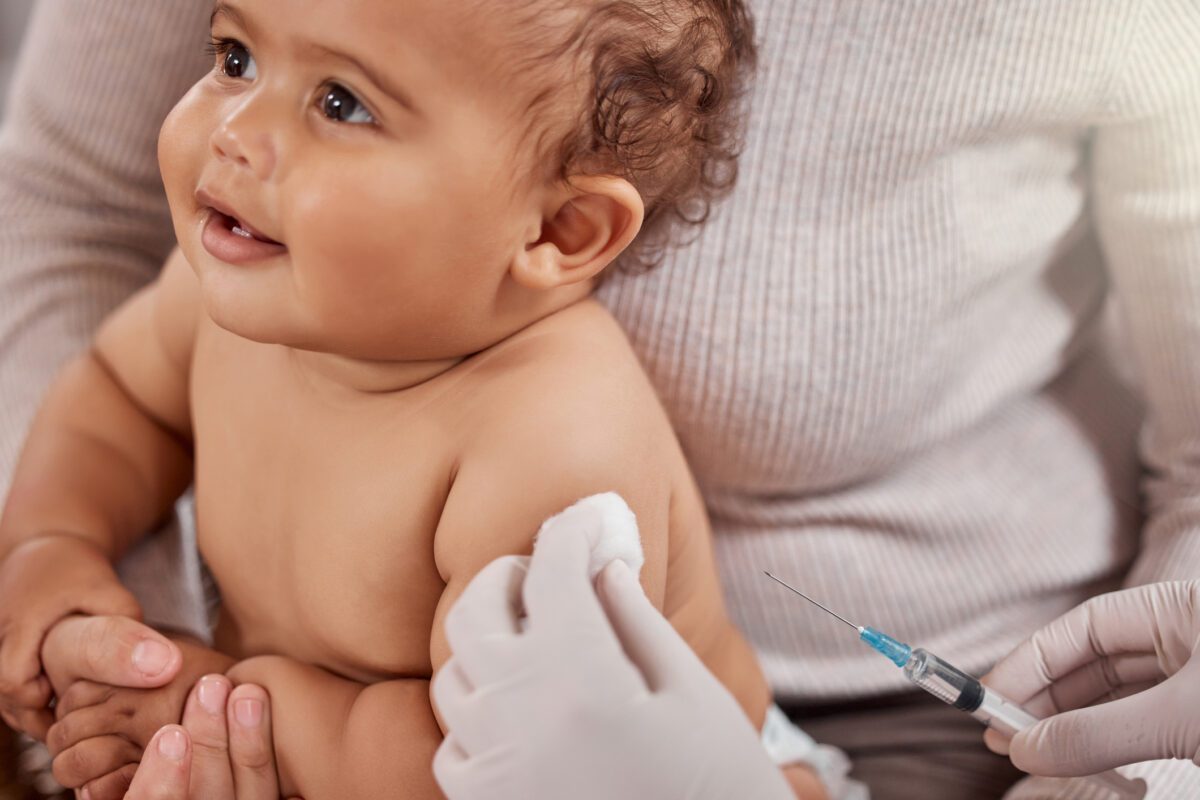In Australia, there are two diseases which, together, kill nearly 1000 people every year. They affect close to 300,000 people and are also the leading causes of rising liver cancer deaths. Here’s the puzzle: we have the tools to stop this. One disease – hepatitis C – is curable, and there is a vaccine for the other – hepatitis B. Yet hepatitis B cases and deaths are still increasing and needless hepatitis C deaths continue.
Experts will tell you the reasons for this are complex; nonetheless, there are simple steps which can be taken now that will reduce the grief caused by these two chronic diseases. One in three people living with chronic hepatitis B have not been diagnosed, and one in five of those with chronic hepatitis C are not diagnosed.
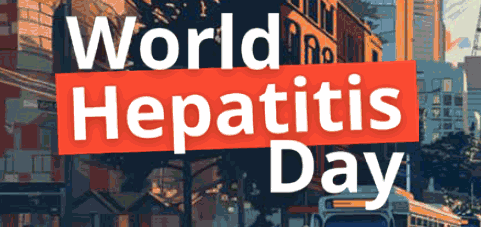
World Hepatitis Day on 28 July is a time to highlight the need for action. To address the alarming increase in hepatitis B cases and related deaths, Hepatitis Australia is calling for:
- expansion of hepatitis B testing by offering it to all people over the age of 25 (people born before routine vaccination), and for whom there’s no record of hepatitis B status.
- strengthening monitoring of hepatitis B vaccination given after birth, to ensure all babies in Australia receive the required doses on time.
- establishment of a hepatitis B care facilitation and monitoring program to reach the 75 per cent of people living with hepatitis B who are not in regular recommended care, in order to connect them to ongoing care and support.
If you don’t know your hepatitis B or C status, get tested! The tests are simple and free, and can be done by your GP.
According to the latest figures provided by Hepatitis Australia* an estimated 220,000 people in Australia live with chronic hepatitis B, up 10 per cent from 200,000 the previous year. Many of the communities with higher hepatitis B prevalence face barriers to accessing testing and care, including language and knowledge of the healthcare system.
The numbers reveal that one in three people with chronic hepatitis B have not been diagnosed, and three quarters have not received recommended care in the last 12 months. Furthermore half of all people living with chronic hepatitis B have not received care at any time in the last 10 years!
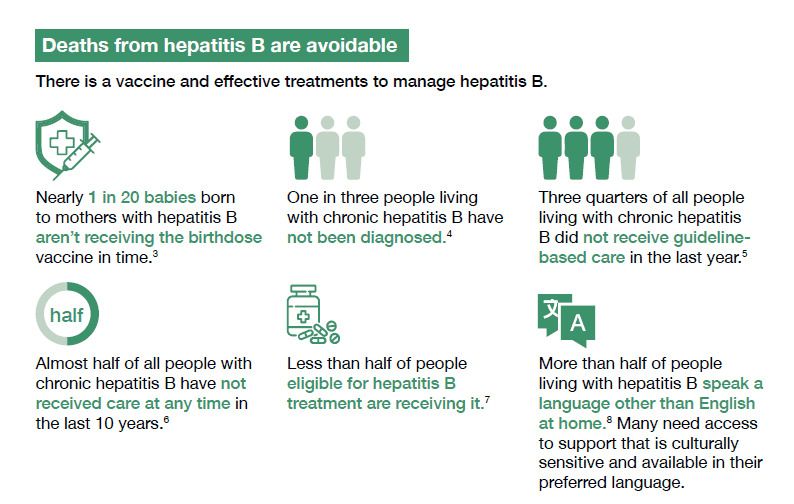
The story is even more dramatic with hepatitis C. There are cures. Full stop. Direct-acting antivirals, DAAs for short, have an almost 99 per cent cure rate. You just pop a tablet daily for eight or twelve weeks depending on the particular medicine prescribed. Sadly there are still 590 deaths each year as a result of hepatitis C, and 70,000 people in Australia still live with the risk of liver failure and liver cancer caused by this completely curable disease.
While 63 per cent of people living with hepatitis C have been cured since 2016, one in five people with chronic hepatitis C have not been diagnosed. Additionally, one in ten of people who tested positive for hepatitis C antibodies have not been tested to confirm if they have chronic hepatitis C. Many who had been diagnosed in the past before cures were available, are disengaged from services and may be lost to health services follow up.
According to Hepatitis Australia, 84 per cent of people with chronic hepatitis C either no longer inject drugs or contracted it in other ways. These people are usually not connected to services and as such are unaware of hepatitis C testing and cure, and therefore at higher risk of serious liver disease.
It was also revealed that prisons are now the primary transmission sites where people are unnecessarily infected and reinfected due to inadequate prevention measures.

As part of its World Hepatitis Day call to action, Hepatitis Australia is pushing for:
- setting up of needle and syringe programs in Australian prisons
- finding ways to engage with the 84 per cent of people with chronic hepatitis C who are disengaged from services
- strengthening community-led engagement with people who inject drugs as a priority group in efforts to eliminate viral hepatitis.
Testing saves lives – and the life saved could be yours
What Can I Do?
If you don’t know your hepatitis B or C status, get tested! The tests are simple and free, and can be done by your GP. For hepatitis C, there are community-based testing clinics in metropolitan South Australia.
Hepatitis B and hepatitis C tests are NOT part of routine blood tests. If you need help talking to your GP about getting tested, give us a call on 1800 437 222. We can provide you with a referral letter and a testing request card to make the process easier for you. Hepatitis SA also provides testing at its premises in Hackney every alternate Friday. Give us a call on 1800 437 222 to book a time.
Find out more about hepatitis C testing, where and when community-based testing is available and other ways you might easily get tested for hepatitis B and hepatitis C. Call 1800 437 222, message 0403 648 348 or email questions to .
Testing saves lives – and like Joseph, the life saved could be yours.

* Reviewed by leading research institutes, the WHO Collaborating Centre for Viral Hepatitis at the Doherty Institute and The Kirby Institute.
Last updated 3 September 2025
More from:
Enjoyed this article? Subscribe to be notified whenever we publish new stories.
Subscribe for Updates
